
Coding Canvas: A Structured & Powerful Approach to Learn Programming
Mar 26, 2024 4 Min Read 7367 Views
(Last Updated)
One of the most common issues faced by beginners while entering the world of coding is that many learners dive into programming without a structured approach. With more than 2 million learners across the globe, GUVI not only recognises this issue but is passionate about helping aspiring programmers achieve their career goals. Well, how exactly?
The answer to this is GUVI’s Coding Canvas which comes directly from the Founder & CEO of GUVI, Mr Arun Prakash, who has navigated 2000+ learners towards career success with his 20+ years of expertise in the tech industry. Read further for an in-detail guidance about ‘Coding Canvas’.

Table of contents
- What is Coding Canvas? What’s the Need for a Coding Canvas?
- Why do we Need a Structured Approach?
- Coding Canvas Building Blocks - Overview:
- Coding Canvas Building Blocks: In-Depth Exploration
- Problem-Solving:
- Programming Languages:
- Patterns in Building:
- Reading & Searching:
- Debugging & Visualization:
- Building Solutions:
- Practice:
- Benefits of Using the Coding Canvas:
- How to Create Your Own Coding Canvas?
- Final Words:
What is Coding Canvas? What’s the Need for a Coding Canvas?
Coding Canvas is an innovative framework designed by the Founder of GUVI for beginners to get their hands on programming. This Coding Canvas is similar to & inspired by Business Model Canvas.

If you question the relevance of a Coding Canvas, then imagine setting out on a cross-country road trip without a map or destination in mind. The journey gets directionless & purposeless, isn’t it?
Similarly, a substantial 50% of students drop out and failure rates in introductory programming courses are regularly high due to the fact that they begin their coding journey without a clear purpose. The lack of structure in upskilling often leads to confusion, frustration, and a high dropout rate.
Before diving into the next section, Python could be a great first programming language to learn so ensure you’re solid on Python essentials from basics to advanced-level. If you are looking for a detailed Python career program, you can join GUVI’s Python Career Program with placement assistance. You will be able to master the Multiple Exceptions, classes, OOPS concepts, dictionary, and many more, and build real-life projects.
Also, if you would like to explore Python through a Self-paced course, try GUVI’s Python Self-Paced course.
Why do we Need a Structured Approach?
The GUVI’s Coding Canvas provides a structured solution to this problem in learning to code. It’s a structured framework that provides a clear roadmap, objectives, and milestones, ensuring you have a well-defined path throughout your programming journey.
Coding Canvas Building Blocks – Overview:
The Coding Canvas is divided into seven essential building blocks that form a solid foundation for learners to progress in their programming careers. If you observe the coding canvas carefully, the concepts learned in one building block often relate to others, enhancing comprehension. Let’s explore each of these blocks & their interconnection:
Coding Canvas Building Blocks: In-Depth Exploration
The GUVI’s Coding Canvas isn’t just seven isolated blocks; it’s an interconnected framework. The illustration below explains how these building blocks seamlessly integrate, creating a holistic learning experience.
1. Problem-Solving:
The first fundamental building block in coding canvas covers the importance of problem-solving and its role in your learning journey.
Problem-solving is the backbone of programming. 🦾 Writing code means creating solutions to real-world or computational problems.
3 core areas to focus here are:
- The ability to analyze an issue
- Break that issue into smaller parts
- Developing an algorithmic solution(relative to the ‘Patterns in building’ block)
Thus, the problem-solving block in coding canvas encourages brain-storming, & connects you with real-world problem scenarios.
Further, a strong emphasis on this block is needed to realize the fact that Programmers with effective problem-solving skills are more adaptable to new tools, languages, and libraries.
Next, let’s get on with the second block in the coding canvas: Programming Languages.
2. Programming Languages:

Selecting the right programming language is crucial, especially for newbies. Why so? 🤔
Programming languages are the ways in which we communicate with computers/computational devices to solve a problem.
Now, check the coding canvas again, do you understand why the ‘Programming languages’ block is just beside the ‘Problem-solving’ block? ✅
Next, choosing the best programming language for beginners depends mainly on:
- Career goals
- Interests
If you’re wondering which programming language is best to get started, then Python is often recommended as the first programming language for beginners who have unlocked their problem-solving mindset since Python is known for its readability and simplicity.
Also, Python is versatile and used in web development, data science, scientific computing, and other trending career domains, standing as a popular choice for ambitious learners.
Want to know more about Programming languages? Read this! (or) Look for the next block below.
3. Patterns in Building:
The next vital step is to understand the coding patterns. ‘Patterns in Building’ in programming simply means the use of design patterns to solve common problems in a structured and efficient way.
This block is relative to Problem-Solving, as different patterns are tailored to address different types of problems.
Here, to explore different patterns, you need to search for the existing patterns that are used by other programmers, read & comprehend the core concepts of programming.
This is why the ‘Patterns in building’ block exists closer to the ‘Reading & Searching’ block. And the next one of course! You get familiar with design patterns to solve problems only when there is adequate Practice(the block right under ‘Patterns in building’.
Let’s consider the Singleton pattern that solves the problem by ensuring a class has only one instance, resulting in reduced memory usage & improved performance while the Observer pattern handles one-to-many dependencies between objects & can cause memory leaks.
Not understandable? Well the point here is:
A strong grip on some of the most well-known patterns such as the Singleton, Factory, Observer, Decorator, and Strategy patterns will help you rapidly accelerate your programming skills.
Well, let’s get back to the basics, block #4 of GUVI coding canvas.
4. Reading & Searching:
Efficiently reading the subject and searching for existing code solutions is indeed a crucial skill. This building block ensures conceptual clarity & enables you to see different coding styles, approaches, and best practices.
Reading other people’s code and searching for solutions allows you to learn more from experienced programmers.
However, this block doesn’t encourage copying the code as such. Here, instead of reinventing the wheel from scratch, you can search for existing code libraries, frameworks, or solutions that have already been created and tested.
Did you notice? Reading and Searching is the only block that connects with ‘Programming Languages’, ‘Patterns in building’, ‘Building Solutions’ and ‘Practice’ blocks.
Able to connect the dots blocks? 🤓
What’s the next block in Coding Canvas?
5. Debugging & Visualization:
The majority of progress in learning to code happens while Debugging. This block is closely associated with the ‘Programming languages’ block & ‘Building solutions’ block(you’ll see in the next section).
While debugging, you not only deal with the code written in a particular language but also trace its execution step by step to find a solution to a bug. With the assistance of visualization tools in debugging, you get to understand how a program flows and how different components interact with each other.
A good developer is one who is excellent at Debugging! Agreed? 💯
Jumping back to the 6th block of Coding Canvas.
6. Building Solutions:
The ultimate goal of programming is building solutions. This block involves automation, innovation & optimization of code.
Building solutions block is closely knit to the following blocks:
- ‘Reading & Searching’ block → for coming up with a solution with conceptual clarity.
- ‘Debugging & Visualization’ block → the gained knowledge by clearing bugs & visualizing your project’s architecture saves a lot of time and effort.
- ‘Practice’ block → Proficiency in building solutions comes with Practice. Check how in the next section.
7. Practice:

Consistent practice is key to becoming a proficient programmer. The practice block is directly linked to the following blocks:
- ‘Patterns in Building’ block → Practicing this enables your codebase to become more maintainable as it adheres to a common & understandable structure.
- ‘Reading & Searching’ block → Practicing this benefits you from the collective knowledge of other developers & core knowledge.
- ‘Building Solution’ block → Practicing this mobilizes your code to come to life and have a real-world impact through your developed program.
Benefits of Using the Coding Canvas:
Using the Coding Canvas offers several benefits, making it a valuable tool for learners. Here are some of the key advantages of utilizing the Coding Canvas:
- Structured Learning with a well-organized framework for learning programming.
- Clarity and Focus help learners understand what to study and in what order.
- Comprehensive coverage of a wide range of essential programming topics.
- Gain Problem-Solving skills through critical thinking and analytical abilities.
- Hands-on practice that facilitates practical experience and skill development.
- Promotes an interconnected approach to learning & enhances comprehension.
- Application-oriented learning to tackle real-world scenarios with efficient code.
- Foundational knowledge and skills to pursue more advanced topics in computer science and coding.
How to Create Your Own Coding Canvas?
Every learner is unique. Empower your learning journey by customizing the GUVI Coding Canvas to your unique style and objectives. We provide guidance on tailoring this framework to your individual needs. Get a free career counselling session from the Zen Class of GUVI.
Case Studies:
GUVI learners have successfully applied the GUVI Coding Canvas to transform their programming journeys. More than 2 million learners of GUVI demonstrate the effectiveness of our structured approach.

Kickstart your Programming journey by enrolling in GUVI’s Python Career Program where you will master technologies like multiple exceptions, classes, OOPS concepts, dictionaries, and many more, and build real-life projects.
Alternatively, if you would like to explore Python through a Self-Paced course, try GUVI’s Python Self Paced course.
Final Words:
In conclusion, GUVI’s Coding Canvas is designed to make your programming journey more accessible, structured, and ultimately successful. Don’t let the coding landscape overwhelm you! Navigate it with ease using our framework.
Ready to start your structured programming journey? Chat with us & Get your Customised Coding Canvas Now! Dive into the world of programming with a clear roadmap and a solid foundation.





















![What is Django Framework? A Beginner's Guide [2025] 7 django](https://www.guvi.in/blog/wp-content/uploads/2025/07/django.webp)
![Top Data Science Programming Languages All Beginners Must Know [2025] 8 data science programming language](https://www.guvi.in/blog/wp-content/uploads/2025/06/Feature-Image-3.png)
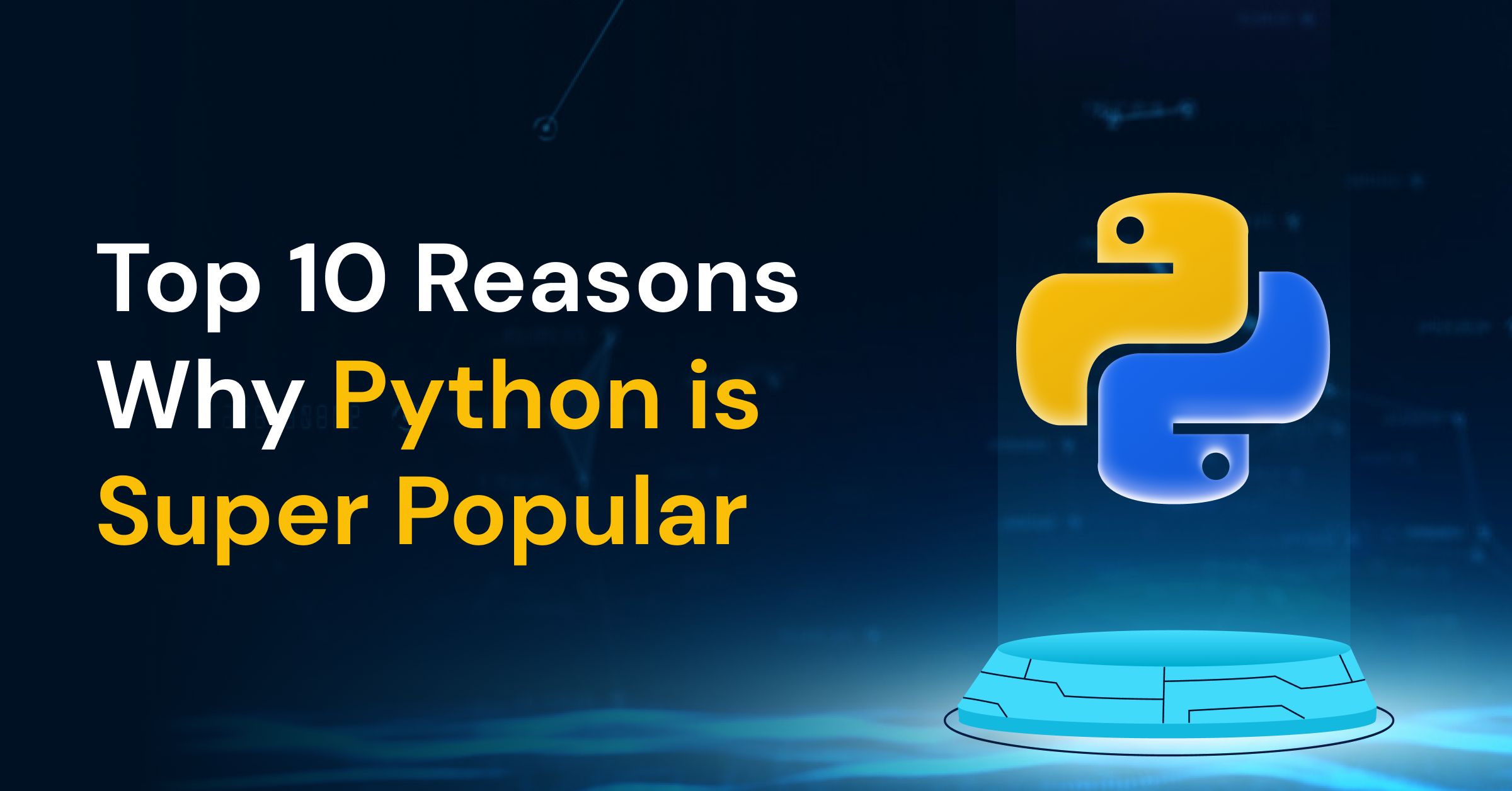
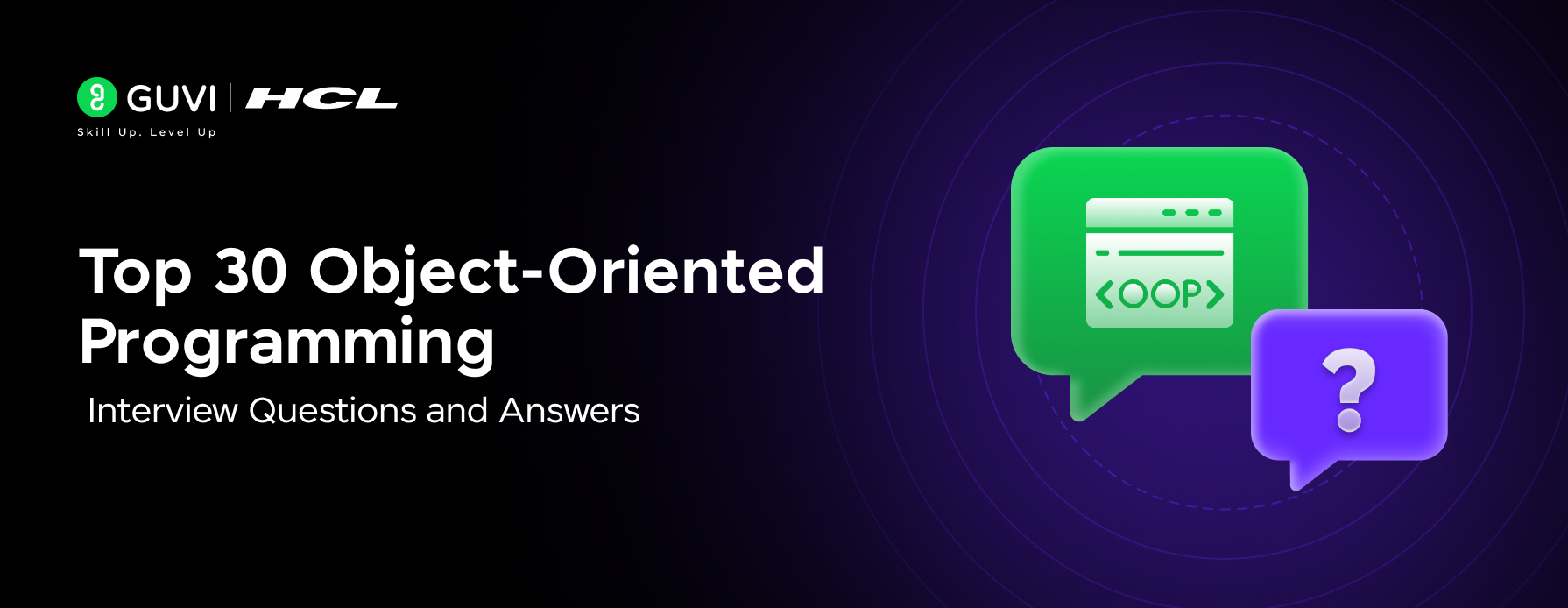
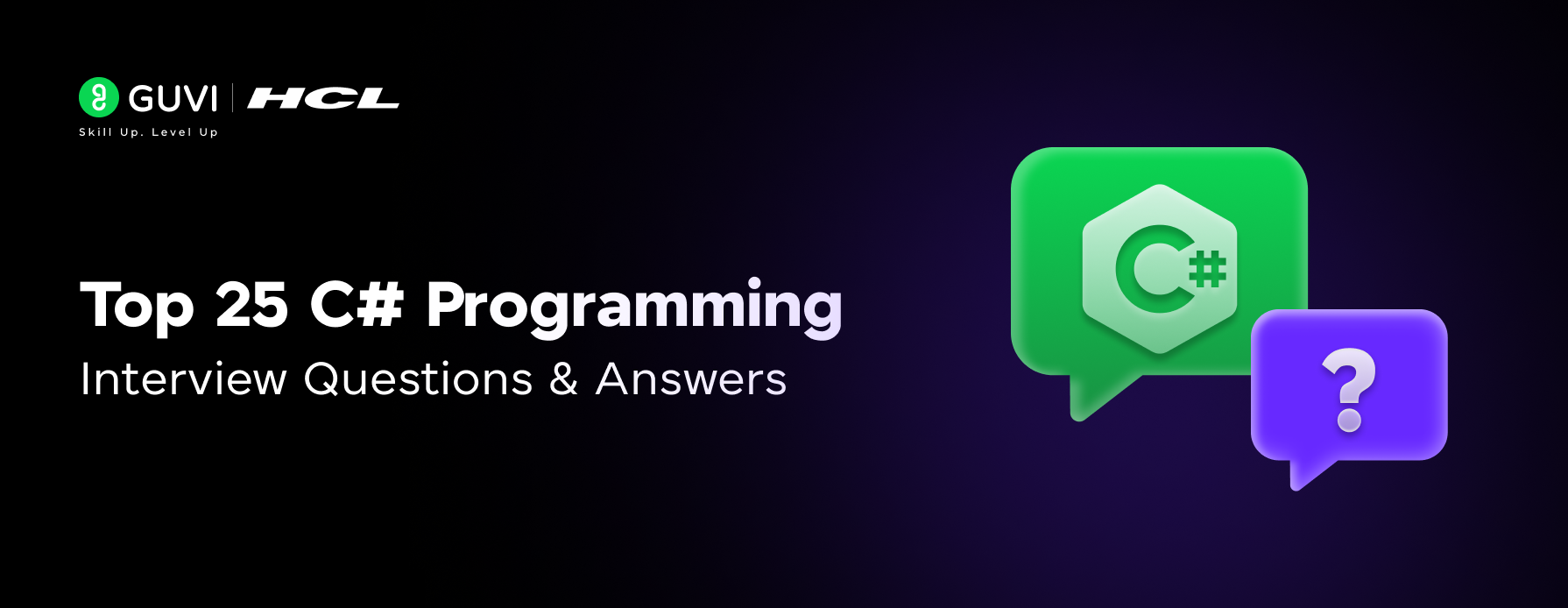
![What is TypeScript? A Beginner's Guide [2025] 12 typescript](https://www.guvi.in/blog/wp-content/uploads/2025/05/What-is-TypeScript_-A-Beginners-Guide.png)
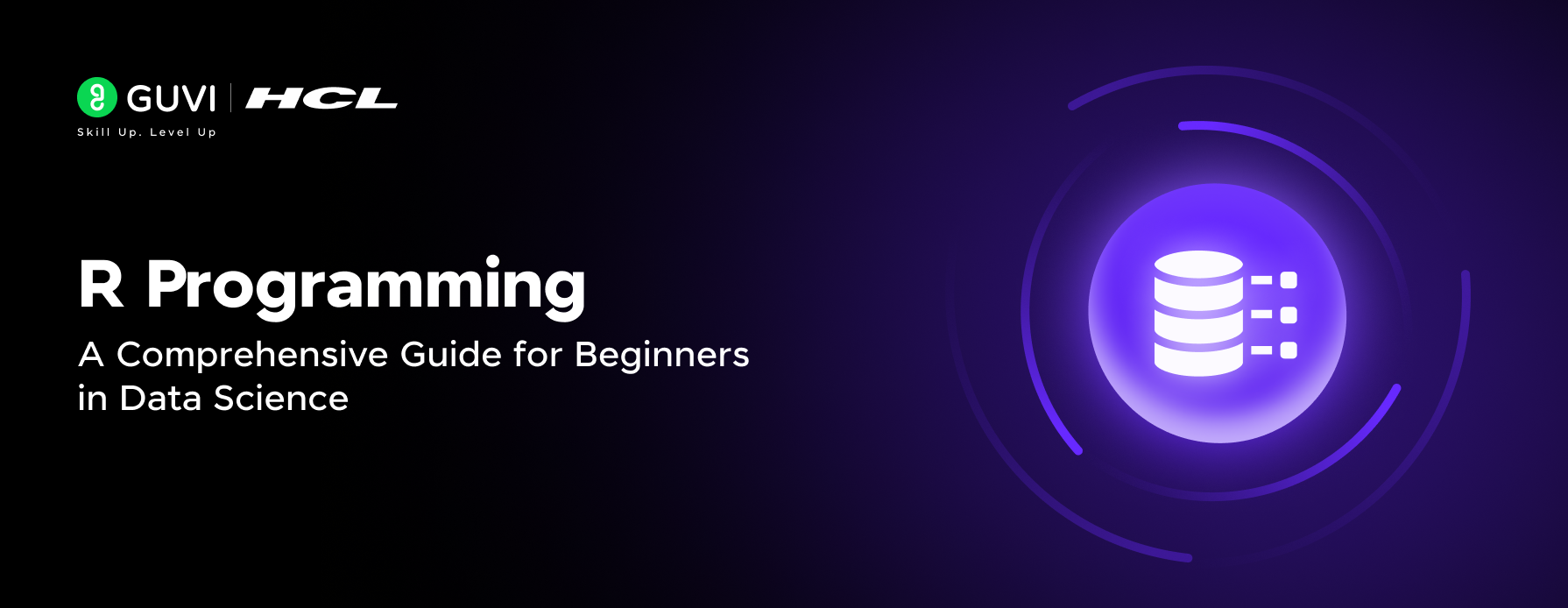
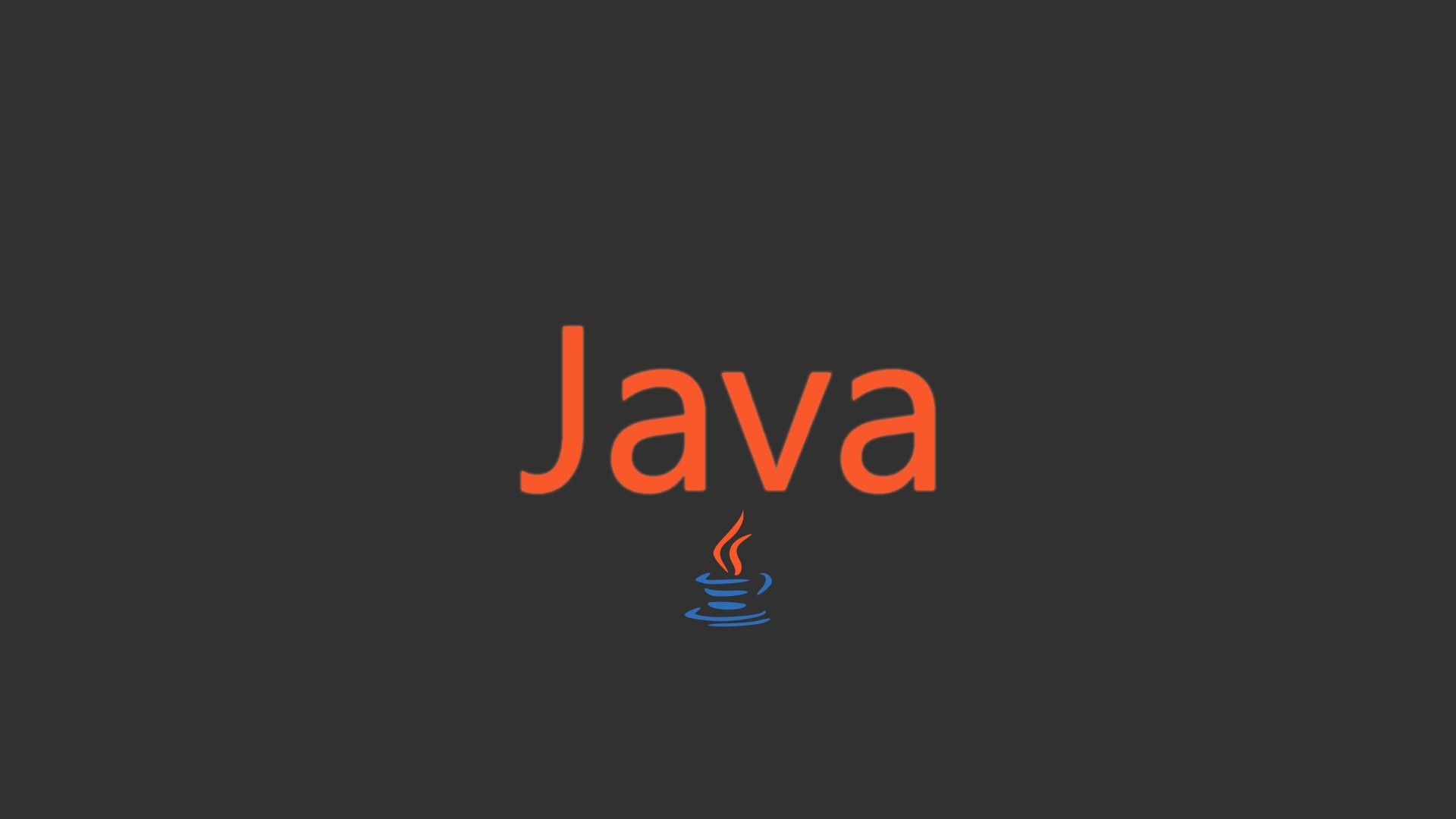
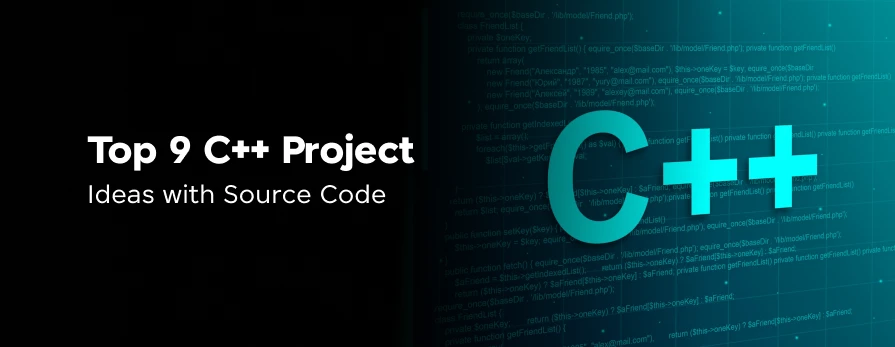

Did you enjoy this article?